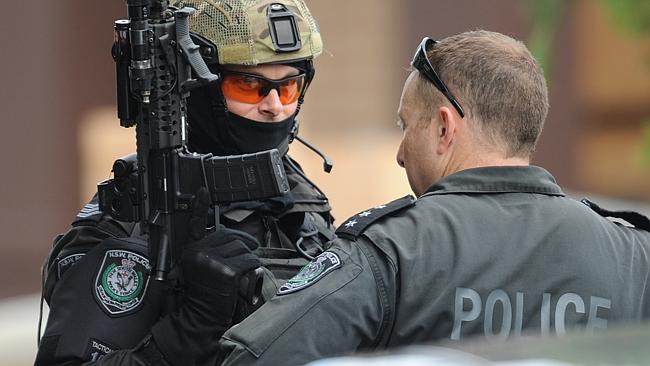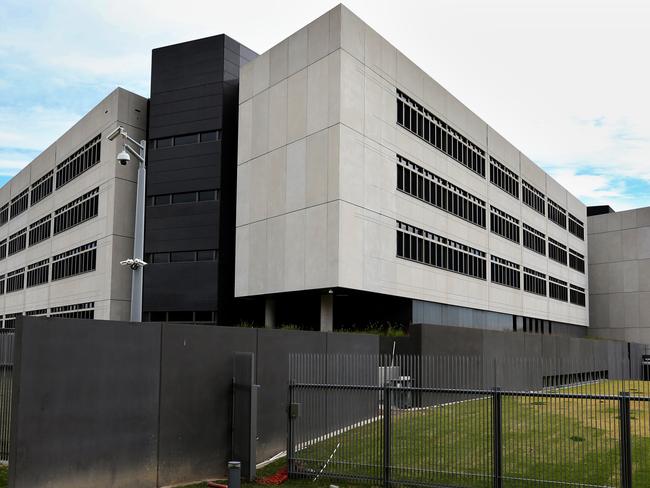CIA’s post-torture report focus on digital could change how Australia fights terrorism
THE CIA is undergoing a radical transformation following the torture report controversy, opening 10 “mission centres”. What does that mean for Australia?

THE CIA is undergoing a radical transformation following the torture report controversy, opening 10 “mission centres” and homing in on digital espionage.
Its new structure is modelled on the spy agency’s counterterrorism centre, in which departments have hybrid roles covering a number of security issues and threats.
If it proves successful, the fresh direction could mean significant changes in how Australia and the rest of the world fight terrorism.

CIA director John Brennan wrote a public memo to his workforce on Friday explaining the two major reasons a new plan was needed: the increased complexity of global terrorism, and massive advances in technology. He said the sweeping reorganisation would make the spy agency’s leaders more accountable, enhance its cyber capabilities and shore up espionage gaps exacerbated by a decade of focus on counterterrorism.
Monash University counterterrorism expert Greg Barton believes that if the rhetoric is true, the agency could become far more effective.
“This is potentially really important for Australia,” he told news.com.au. “Our legislation makes it illegal for someone working for ASIO in Asia to speak about what they do, unless they’re at the top of the agency. That’s got to be antithetical to building trust and cooperation.

“We aren’t valuing transparency at all. America is actually more transparent than us. They’ve had these embarrassing revelations, but this is a step in the right direction.
“When you evade responsibility, there might be a short-term advantage, but long-term, it undermines moral legitimacy.”
Not everyone is convinced the rhetoric will prove to be true. Mark Lowenthal, a former senior CIA officer and US intelligence historian, told the Washington Post he was concerned that replicating the counterterrorism centre might mean replicating an approach that is driven by short-term objectives, such as finding the next target for a drone strike.
But the CIA needs to move forward. Its shocking “enhanced interrogation techniques” undermined its credibility, not to mention being unlikely to produce much real intelligence.

Now there is the potential for the spy agency’s staff to be seconded to different teams within the agency, and experts from industry to be called upon. Its open source centre (OSC) was the precursor to this restructure. Established in 2005, it marked a move away from prioritising classified material to looking at information that is publicly available — which is where most intelligence now comes from.
The Islamic State, in particular, has embraced social media, disseminating videos of hostages and beheadings on YouTube, networking with other jihadists on Facebook and using 46,000 Twitter accounts between September and December. Even now, the government is holding crisis meetings with Facebook, Google and YouTube to discuss the threat.
But Dr Barton says the thing that makes the terrorists’ use of social media so dangerous also gives hope to those trying to defeat them.
“The old way of having emails for people to scan doesn’t work,” he said. “Now you can have an algorithm and look for suspicious dots or patterns to investigate.
“The traditional methods are not working. If the CIA restructure proves consequential, there will be palpable effects.”



